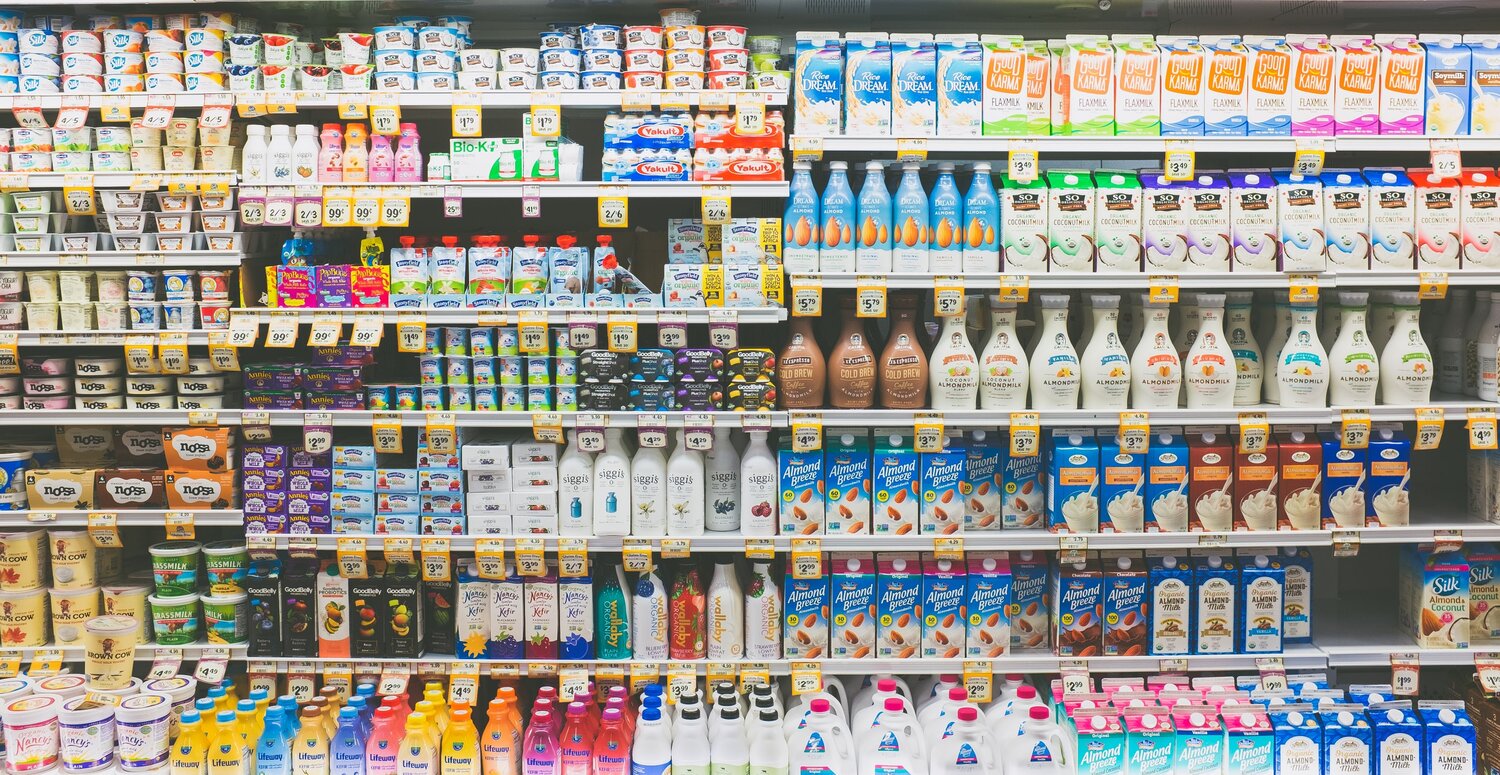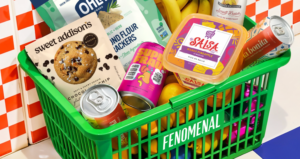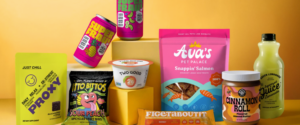- How to Set Up your CPG Business for E-Commerce Success - May 14, 2020
- 3 Costly Mistakes Entrepreneurs Make When Working with Co-packers - February 25, 2020
- Co-packer Costs? How much does it cost to get your food or beverage product produced? - April 8, 2019
So you have an amazing food or beverage product and you think you are ready to sell it to the public. Congrats! Taking the first step can sometimes be the hardest part! Well, before you start producing, packaging and marketing your product you need to develop a brand.
I wish it was as easy as just making a delicious product, but unfortunately the marketplace is INCREDIBLY competitive, and developing a thoughtful and unique brand is arguably the most important aspect of making your food business successful.
Here are some pointers on creating a great brand for your food or beverage product.
Know Your Customer
The first step in developing a brand, is determining who your target market is. Who is your ideal customer? What do they like? Is it an older, more refined person that buys hand crafted, premium products? Or is it a youthful, fun and energized person that relates to quirky, colorful branding?

EPIC Bar and Plum Organics have two very different target markets and their branding shows it. EPIC Bar targets adults that want premium grass fed protein jerky. Where as, Plum is targeting moms that want fresh, healthy baby food.
A good exercise is to actually create a persona for your ideal customer. Maybe it is “Josh”, a teenager that loves fun, vibrant, healthy food. Figure out why Josh chooses some products over others and begin to develop your brand to reach out to him specifically. Do your customer research! (future post coming on this!).
It is important to know who it is that you are targeting before developing a brand for your product. Once you have determined that, you can begin to develop a brand identity.
Develop Your Brand Identity
Your brand is so much more than just a name and logo. It is the story behind your product and everything your business represents. When developing your brand identity, sometimes it is a good idea to create a backstory. Where did your product come from? Why should I (the shopper) choose this over a similar product next to it on the shelf.
Sir Kensington’shas done an amazing job at this: The story of the upscale British traveler/businessmen that devoted his life to ketchup.

Through developing the back story around their product, Sir Kensington’s makes the consumer believe they are eating a premium condiment from upper-class England.
Once you have identified the basis of what you want your brand to represent you can begin to work on the fun stuff: Name, Logo, Colors & Fonts, Labels, etc…
If you don’t have a designer on your team – hire a design firm or freelancer that has experience with CPG products. Set an upfront budget with them so there are no surprises. Sure it might be pricey, but it is worth spending the money to get a well-designed logo and label – think of it as a business investment. They will help you think through what you are trying to achieve and give you options from which to choose.
Also, do your market research. Make sure that you are not only targeting your ideal customer but that you are also setting yourself apart from the competition.
What are your competitors achieving with their brand?
How will you compare?
In the early stages, the look and feel of your brand is all you have going for you. Be unique and bold, if you believe your product is the best out there, make sure the name, logo and labeling represent that!
Stick To It!
Now that you have developed your identity, you must stick to it. Everything you do on behalf of the business has to be in line with that identity.
Stay consistent with all of your branding efforts, when you sell your product to a customer, you are creating an experience for them that they will hopefully want to repeat. Make sure you are constantly telling the same story no matter what touch point. Whether it is the way the product is displayed on the shelf, your website or even your customer service. It is important you deliver that same experience for your customer every time!
Having a strong consistent brand helps you build brand equity, which is what sets you apart from your competition. Much of the reason customers buy Gatorade over other similar sports drink options is due to the brand equity that Gatorade has developed over time with their customers.

Looking Forward
As with any business, your brand is a work in progress. You (and your customers) will mold your brand over time and it will grow as your business grows. But it is important to start off on the right track. Make sure you understand the basis of what you are trying to achieve so that every step you take is a step forward toward building a stronger brand.



